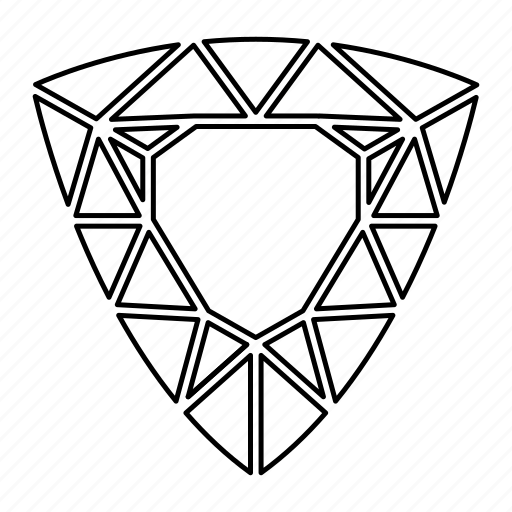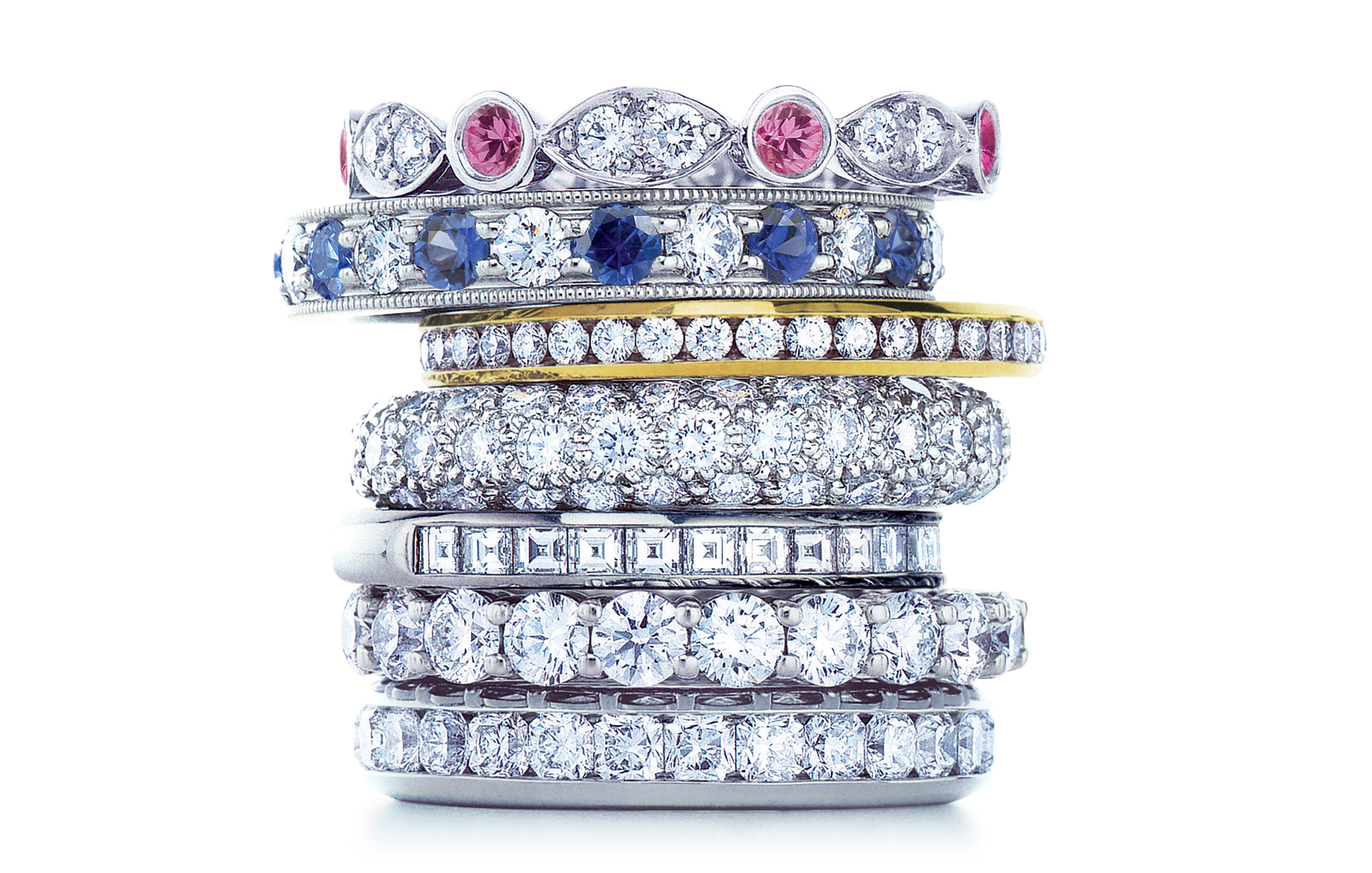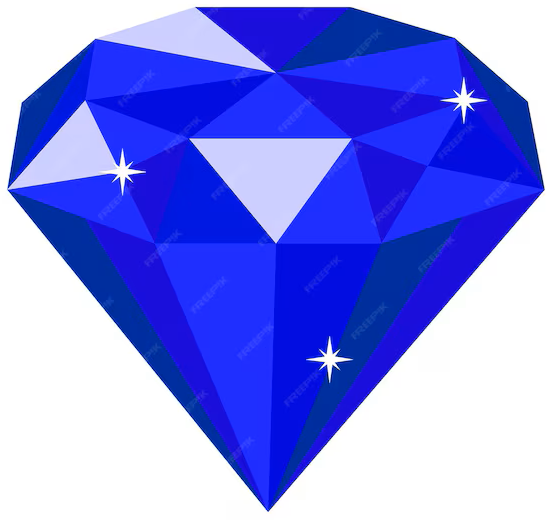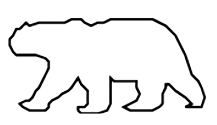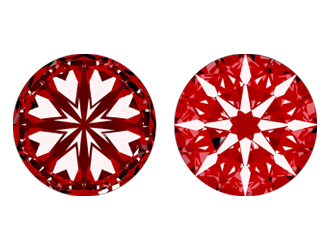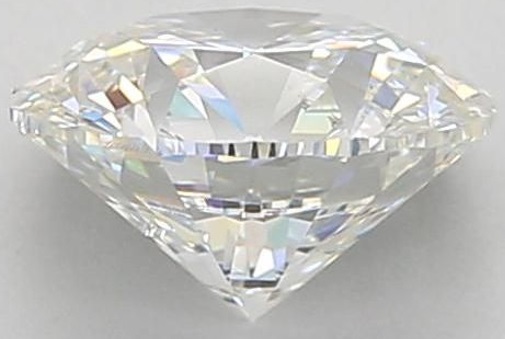
Lifetime Warranty

Hassle Free Returns

Free Resizing

Conflict Free Diamonds
Top Questions and Answers Culet Diamonds
The diamond culet is the small, flat aspect at the lowest of a diamond's pavilion, that is the lower part of the gem. It's normally the smallest facet on a diamond and may vary in size from none (pointed culet) to larger (blunted culet). The culet plays a position inside the standard look and mild performance of the diamond.
The culet in a diamond is the small side at the bottom factor. it's miles important for stability, stopping chipping or harm to the delicate tip. A nicely-proportioned culet guarantees right light reflection and dispersion all through the diamond.
The culet, or the small facet at the lowest of a diamond, affects its look through influencing mild mirrored image and dispersion. A well-proportioned culet can decorate brilliance and sparkle, contributing to a extra visually attractive diamond.
The diamond culet is a small facet at the lowest point of a diamond. Its number one cause is to save you the diamond from chipping or breaking, because it serves as a defensive factor. The culet also affects the overall appearance of the diamond, affecting its brilliance and sparkle.
No longer are all diamonds are required to have a culet. A culet is a small flat side at the bottom of a diamond's pavilion, and its presence relies upon on the diamond cut and shape. modern-day tremendous-reduce diamonds regularly lack a culet, at the same time as older cuts or precise styles may have one.
A diamond culet, the small facet at the bottom of a diamond, could have numerous shapes, together with pointed, flat, or even slightly rounded. The culet serves to save you chipping and enhance the diamond's durability.
Yes, the culet length can range amongst distinct diamond shapes. The culet is the small side at the bottom of a diamond, and its length is encouraged through the diamond's cut fashion. spherical terrific diamonds frequently have small or no culets, whilst different shapes like emerald or Asscher cuts may also have large culets.
The culet, or the small facet at the bottom of a diamond, affects its brilliance by influencing light reflection. A well-cut diamond with a small or no culet allows light to bounce within the stone, enhancing its sparkle. A large culet may create light leakage and reduce brilliance.
No, a large culet is generally not appropriate in a diamond. The culet is the small flat side at the bottom of a diamond, and a bigger culet can also negatively effect the diamond's brilliance and normal appearance.
The correct culet size for a diamond is normally none to very small, as it affects the diamond's brilliance. A culet is the small aspect at the lowest of a diamond's pavilion, and a well-reduce diamond regularly has a culet that is either pointed or very small.
The culet is the bottom factor of a diamond, and a few contemporary cuts, like the princess cut, frequently characteristic a culet-loose design. This absence of a culet can enhance the diamond's brilliance and save you potential issues like chipping.
The culet, positioned at the bottom of a diamond, impacts its average reduce grade by affecting mild mirrored image. A well-proportioned culet contributes to most fulfilling mild performance, enhancing brilliance. but, a too huge or absent culet can effect the diamond's appearance negatively, leading to a lower cut grade.
The culet aspects are the small sides at the lowest of a diamond. The maximum not unusual sorts are pointed and flat culets. Pointed culets come to a small, sharp factor, while flat culets have a flat floor at the lowest. the choice of culet type can have an effect on the diamond's appearance and light performance.
A culet refers to the bottom aspect of a diamond. A pointed culet has a small, sharp tip on the diamond's base, just as a non-pointed culet has a flat or barely rounded bottom. The presence of a pointed culet can affect the diamond's appearance and mild reflection, probably minimizing the hazard of chipping.
The culet, the small aspect at the lowest of a diamond, influences mild overall performance through preventing light leakage and improving brilliance. A nicely-proportioned culet allows manipulate the dispersion of light within the diamond, maximizing internal reflection. but, a very massive or small culet can result in reduced brilliance or a "fish-eye" effect.
The culet, or the small aspect at the bottom of a diamond, does not drastically affect the sturdiness of the diamond. Its primary motive is to save you the diamond from chipping on the pointed stop. however, contemporary cutting techniques often use a small or no culet, and durability is greater inspired by means of the general reduce first-class and the diamond's hardness.
Inside the diamond enterprise, culet length is a vital factor and is commonly measured in phrases of percentage or millimeters. The Gemological Institute of the united states (GIA) sets enterprise requirements for diamond grading, consisting of culet size, which ranges from None to large.
The culet, or the bottom factor of a diamond, may be customized based totally on non-public preference. some people may additionally pick out a pointed culet for a conventional look, whilst others can also opt for a larger or maybe a flat culet for a greater cutting-edge fashion.
The culet, the small aspect at the lowest of a diamond, can impact pricing primarily based on its length and visibility. A smaller or nonexistent culet is generally preferred as it enhances the diamond's brilliance and average appearance.
The culet size of a diamond, the small side at its bottom, can have an effect on its look from the pinnacle view. A smaller culet frequently enhances brilliance, as mild reflects greater calmly. Conversely, a bigger culet might also create a darkish area within the middle, diminishing sparkle.
















